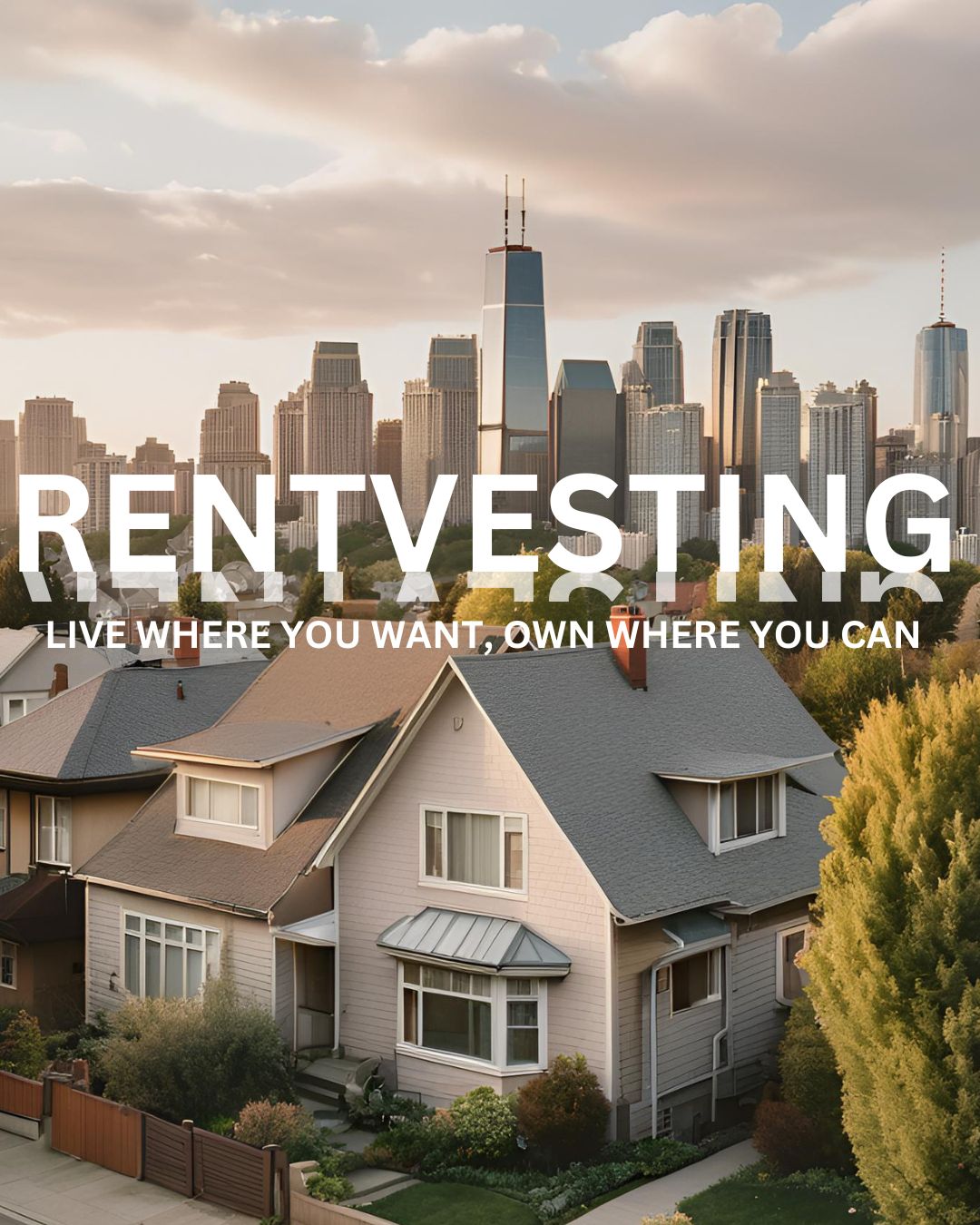Rentvesting: A Strategic Approach to Property Ownership
Rentvesting is a property investment strategy that allows individuals to rent a home in a location that suits their lifestyle while purchasing a property in an area that fits their budget as an investment. This strategy has become increasingly popular, especially among younger buyers, due to rising housing prices in major urban centers.
At first, paying both rent and a mortgage may seem counterproductive, but rentvesting allows individuals to balance the benefits of property ownership with the flexibility of renting. Here's a breakdown of the key aspects and considerations of rentvesting:
Why Consider Rentvesting?
- Lifestyle vs. Budget: If you want to live in a prime area, but property prices are out of reach, rentvesting offers the flexibility to rent in that area while owning an investment property elsewhere.
- Property Market Entry: Rentvesting enables individuals to enter the property market sooner, even if they can't afford a home in their desired living location.
- Future Plans: Rentvesting suits those who currently prefer urban living but anticipate wanting a larger or more affordable home in the future.
How Rentvesting Works
- Investment Property: You purchase a property that you can afford and rent it out. The rental income generated from the property can help cover mortgage repayments and other ownership costs.
- Rental Property: Meanwhile, you continue to rent the home where you live, which may be more affordable or better suited to your current lifestyle.
- Profit: If your investment property appreciates in value, you may profit from capital gains. You could also use the rental income to offset your living expenses.
Advantages of Rentvesting
- Location Flexibility: You can live where you want without being tied to buying a home there.
- Tax Benefits: Some expenses related to your investment property (e.g., interest, maintenance, and depreciation) may be tax-deductible.
- Rental Income: This income can help pay down your mortgage or supplement your rent.
- Potential Capital Gains: The value of your investment property may increase over time, allowing you to sell it at a profit.
- Lower Maintenance as a Tenant: As a tenant, you aren’t responsible for most maintenance costs at your rented home, such as replacing appliances.
Disadvantages of Rentvesting
- Uncertainty with Primary Residence: Renting comes with the risk of eviction, rent increases, or needing to move at short notice.
- Landlord Responsibilities: You’ll be responsible for the upkeep of your investment property and may incur additional costs if rental income doesn’t cover the mortgage.
- Capital Gains Tax (CGT): When selling an investment property, you’ll likely need to pay CGT on any profit, unlike owner-occupied homes, which are generally CGT-exempt.
- Ineligibility for First Home Owners Grant (FHOG): Rentvestors won’t qualify for the FHOG, which is reserved for those purchasing a home to live in for the first year.
- Potential Capital Loss: If the property market declines, your investment property may lose value, and you could face a loss if you need to sell.
Is Rentvesting Right for You?
Rentvesting suits individuals who:
- Value living in certain locations (like urban areas) that are out of their purchasing budget.
- Want to enter the property market sooner rather than waiting to save up for an expensive home.
- Are willing to manage the responsibilities of being both a tenant and a landlord.
On the other hand, if stability in your primary residence or long-term homeownership is a top priority, traditional homeownership may be a better fit. Rentvesting also requires careful financial management, as you'll need to juggle rent payments and property ownership expenses.
By assessing your financial situation, lifestyle priorities, and long-term goals, rentvesting could provide a balanced approach to getting started in the property market while maintaining flexibility in where you live.

